The way you are organized could be inhibiting your ability to retain and grow recurring revenue. If your services team is too focused on attainment of transactional tasks it may not be able to maximize retention and expansion of customer relationship value.
Your service team is sub-optimized if you have:
Narrowly Defined Customer Experience Strategy
- You lack of a well-defined and coordinate Customer Experience strategy and maintain a siloed organizational structure across customer facing teams (see below).
- When specific teams and individual are not held accountable for contributing to overall CX strategic objectives revenue and retention opportunities will be missed.
Siloed Organizational Structures
- Service remains predominantly siloed with separate departments for Support, Customer Success, Education and Professionals Services.
- Service teams are separate from and do not formally cooperate with Product Management, Sales, and Renewal teams.
- Siloed organizational structures inhibit the ability to provide coordinated and efficient resource allocation to deliver the services necessary to sustain healthy customer relationships.
Lack of Common Goals
- There are no common goals or incentives to encourage cooperation and coordination between teams.
- A lack of shared goals across organizational boundaries assure that teams will focus their efforts on the tasks and activities they are goaled on.
Limited Coordination
- Siloed organizations do not actively coordinate activities throughout the customer relationship lifecycle.
- The lack of coordinated action is often the result of narrowly focused practices to achieve specific tasks and silo-specific goals with little or no incentives to promote cross-functional cooperation.
Sub-Optimized Resource Utilization
- Use of overlapping and complementary resources from post-sales teams are not coordinated or pooled to drive customer success or achieve service delivery cost-efficiencies.
- Lack of coordination results in inefficient resource allocation and or duplication of effort.
Five Steps to Optimize Your Organization
The imperative to successful organizational transformation is to organize teams and resources in the most efficient means necessary to achieve clearly defined strategic objectives. This process begins with the articulation of the customer experience strategy followed by a description of how specific roles and teams will contribute to expected outcomes. Consider the following transformational imperatives.
| Required Changes | Impact | |
|
Unified CX Strategy |
Establish a common Customer Experience (CX) strategy to define expected outcomes, polices, practices and programs, and the roles of all departments and resources that contribute to execution of the CX strategy |
|
|
Organizational Alignment |
Diminish siloed structures through organizational transformation and/or increased cross-functional cooperation |
|
|
Shared Goals |
Establish common goals and performance indicators for all post-sales staff and organizations and align individual contributions to strategic outcomes |
|
|
Resource Allocation |
Develop skills inventory and cross-functional teams to engage and manage customer relationships |
|
|
Success Programs |
Develop a unified portfolio to deliver Training, Support, Consulting, and account management services |
|




